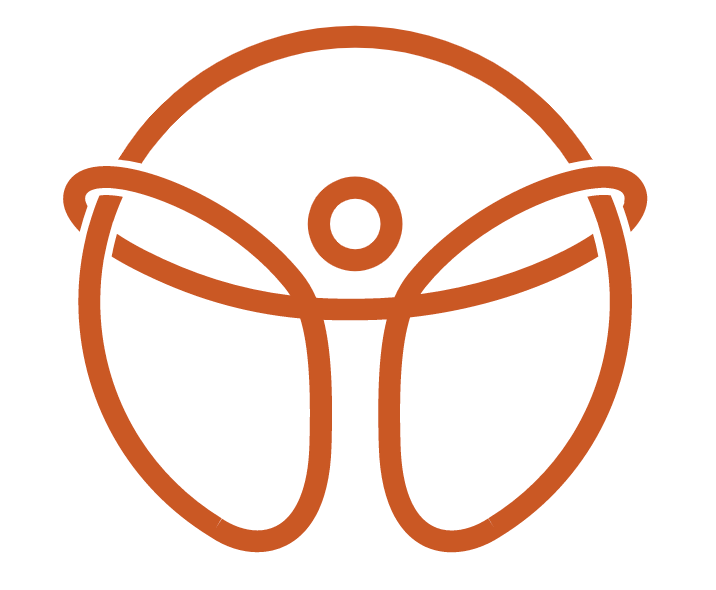Tennis Elbow vs. Golfer’s Elbow: What’s the Difference and How Chiropractic Care Can Help
Elbow pain is a common complaint among active individuals, especially those who engage in repetitive arm movements — whether through sports, physical labor, or even computer work. Two of the most frequently diagnosed overuse injuries of the elbow are tennis elbow (lateral epicondylitis) and golfer’s elbow (medial epicondylitis). Though they sound similar and both involve tendinopathy at the elbow joint, they affect different muscles and present differently. Understanding the distinction between the two — and how chiropractic care can provide lasting relief — is key to effective recovery.
What Is Tennis Elbow?
Tennis elbow affects the lateral (outer) side of the elbow, where the tendons of the forearm extensors attach to the lateral epicondyle of the humerus. It’s caused by repetitive wrist extension and gripping motions, common in tennis players, mechanics, carpenters, and desk workers alike. Symptoms typically include aching or burning pain on the outside of the elbow, which worsens with gripping, lifting, or wrist extension.
What Is Golfer’s Elbow?
Golfer’s elbow, by contrast, involves the medial (inner) part of the elbow, where the tendons of the forearm flexors attach to the medial epicondyle. It’s typically caused by repetitive wrist flexion and pronation. While golfers are prone to this condition, it’s also common in weightlifters, plumbers, and individuals who repetitively lift or twist their wrists. Pain is felt on the inside of the elbow and may radiate down the forearm.
How Chiropractic Care Can Help
While rest and bracing may offer temporary relief, long-term improvement often requires addressing the soft tissue tension, joint restrictions, and biomechanical dysfunctions that led to the injury in the first place. This is where chiropractic care shines, especially with a multimodal approach involving Active Release Technique (ART), dry needling, and extremity adjustments.
Active Release Technique (ART)
ART is a hands-on soft tissue treatment that breaks up adhesions and scar tissue in the muscles, tendons, and fascia. By applying precise tension and movement to the affected tissues, ART can restore normal muscle function and reduce strain on the tendons. For tennis and golfer’s elbow, ART is often applied to the forearm musculature to reduce tension and promote healing of the inflamed tendon attachment points.
Dry Needling
Dry needling involves inserting fine needles into trigger points within the muscle to release tension, improve blood flow, and reset the neuromuscular system. For elbow tendinopathies, this technique can help relieve deep-seated muscular tightness in the forearm that contributes to chronic strain at the elbow. Many patients find dry needling offers quick, noticeable relief, especially when combined with other therapies.
Extremity Adjustments
Chiropractors are trained to assess and adjust not only the spine but also extremities like the elbow, wrist, and shoulder. Joint restrictions in these areas can alter normal movement patterns and contribute to overuse injuries. Adjusting the elbow or wrist can restore joint alignment and improve mechanics, helping take pressure off irritated tendons.
Tennis elbow and golfer’s elbow are frustrating conditions, especially when they linger. Chiropractic care addresses not just the symptoms, but the underlying mechanical causes of your pain. With techniques like ART, dry needling, and extremity adjustments, a chiropractor can help reduce pain, restore function, and get you back to doing what you love — pain-free and stronger than before.

